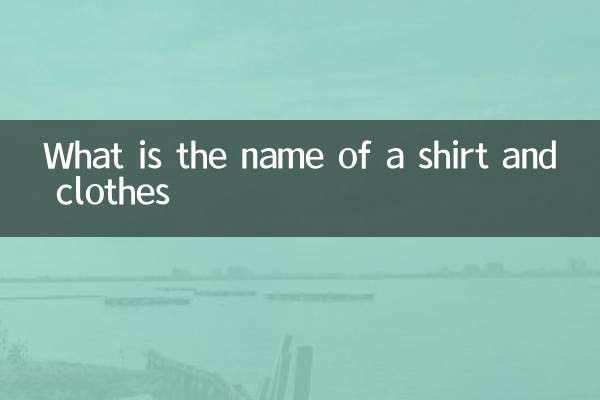Why Fanke collapsed: A business apocalypse from glory to fall
Vancl Eslite (VANCL) was once a star company in China's e-commerce field. With its "Internet fast fashion" positioning and crazy marketing strategies, it once became an industry benchmark. However, starting in 2013, Fanke gradually stepped down from the altar and eventually faded out of public view. This article will analyze the core reasons for the collapse of Fanke based on hot topics and structured data in the past 10 days.
1. Comparison of key data on Vanke’s collapse

| index | Peak period (2011) | Recession period (2013) |
|---|---|---|
| annual sales | 6 billion yuan | Less than 1 billion yuan |
| Number of employees | 13,000 people | Layoffs to 300 people |
| SKU quantity | More than 1 million | Cut to less than 10,000 |
| Advertising | Annual cost 1 billion | basically stopped |
2. Five core reasons for Vanke’s collapse
1. Category strategy of blind expansion
Vanke has expanded from its main business of clothing to all categories including home appliances, digital products, and department stores, with SKUs exceeding 1 million at its peak. However, supply chain management was out of control, resulting in serious inventory backlog. In 2011, the inventory turnover days were as high as 150 days, far exceeding the industry average.
| Category expansion timeline | Add new categories | result |
|---|---|---|
| 2009 | footwear, home furnishings | success |
| 2010 | Cosmetics, digital | Loss |
| 2011 | Home appliances, food | Huge loss |
2. Out-of-control marketing costs
Fanke once made a sensation on the entire Internet with its "Fanke Object" marketing, but later fell into a vicious cycle of "burning money in exchange for traffic". In 2011, advertising expenditure accounted for 16.7% of revenue, while JD.com only accounted for 3.2% during the same period.
3. Brand crisis caused by quality issues
A random inspection by the General Administration of Quality Supervision, Inspection and Quarantine in 2012 showed that the passing rate of Vancl clothing was only 73%, far lower than the industry average of 90%. Keywords such as “fading” and “pilling” accounted for 42% of user complaints.
4. Missing the transformation of mobile Internet
While Taobao and JD.com are fully committed to deploying APPs, Fanke still relies on the PC version. In 2013, its mobile transactions accounted for less than 15%, while the industry average exceeded 35%.
5. Abnormal development driven by capital
Vancl has raised more than US$600 million in seven rounds of financing, but has excessively pursued GMV growth and neglected profits. The net profit rate in 2011 was -28%, and a loss of 0.28 yuan was required for every 1 yuan earned.
3. Related hot topics in the past 10 days
| platform | hot topics | amount of discussion |
|---|---|---|
| #风客’s bankruptcy inspires new consumer brands# | 280,000 | |
| Zhihu | “What do you think of Vancl going from a valuation of 3 billion to bankruptcy?” | 1,243 answers |
| Tik Tok | “What happened to the once popular Fanke T-shirt now?” | 5.6 million views |
4. Inspiration for current new consumer brands
1. Be wary of the trap of “GMV first”, a healthy gross profit margin should be greater than 50%
2. Category expansion needs to match supply chain capabilities. It is recommended that the market share of a single category reaches 15% before expansion.
3. Mobile traffic costs have exceeded PC traffic costs by 30%, and an omni-channel operation system must be established.
4. Generation Z consumers pay more attention to product repurchase rate (ideal value should be >35%) rather than marketing volume.
The case of Fanke proves that without a sustainable business model, no matter how brilliant the traffic myth is, it will eventually be shattered. This brand, which once influenced a generation, left a textbook worth 6 billion yuan to the industry.

check the details

check the details